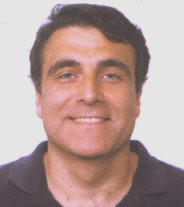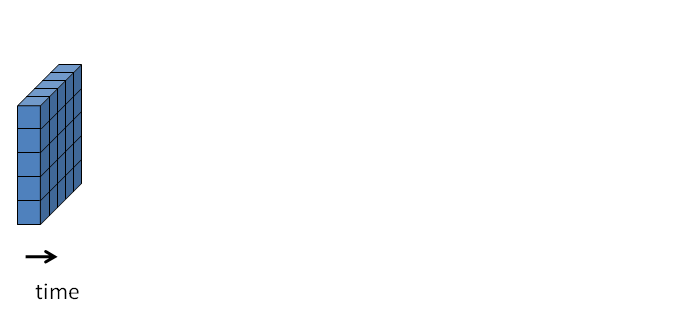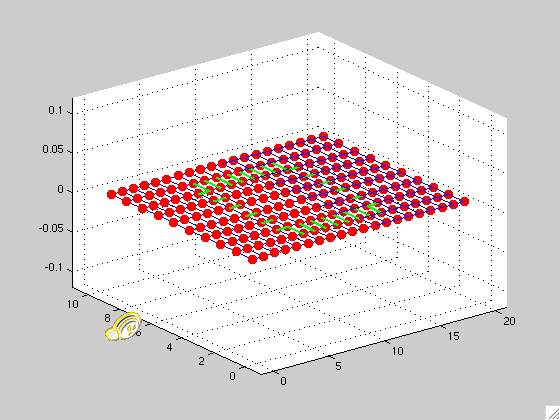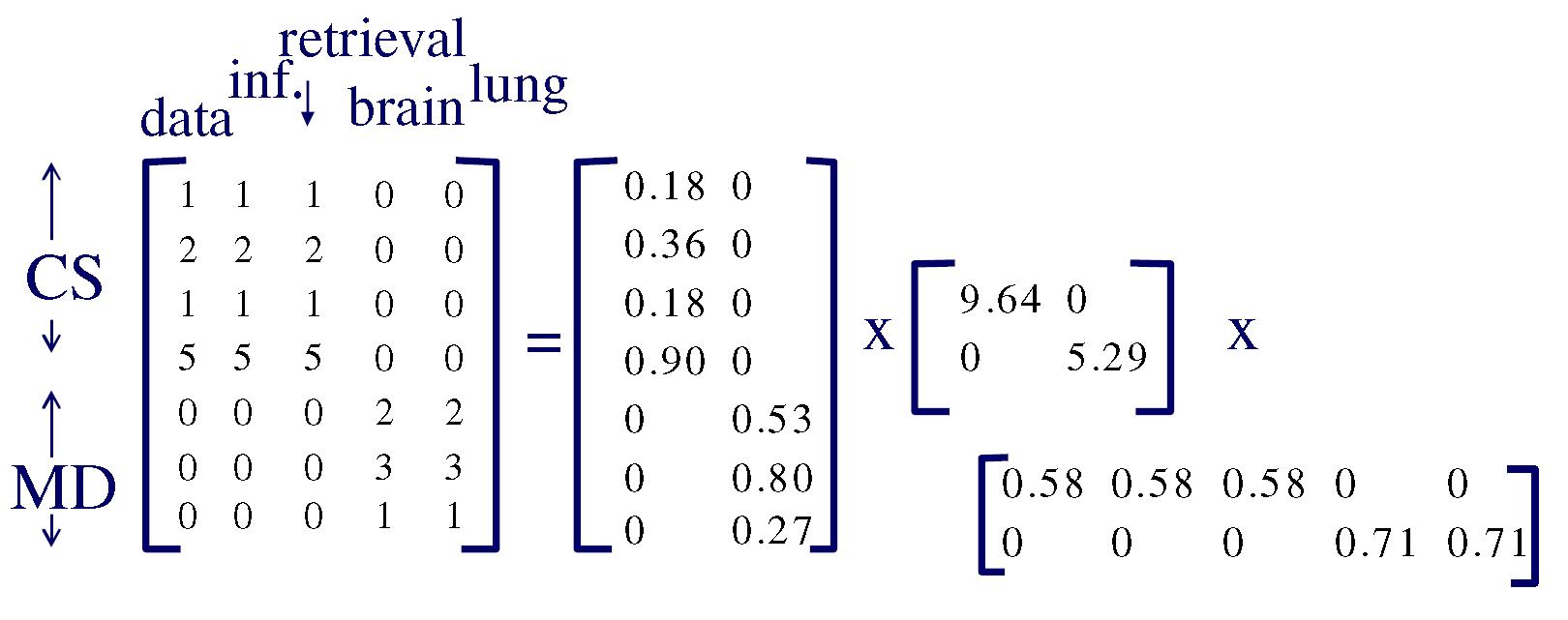 |
Christos Faloutsos is a
Professor at Carnegie Mellon University. He has received the
Presidential Young Investigator Award by the National Science
Foundation (1989), the Research Contributions Award in ICDM 2006,
twelve ``best paper'' awards, and several teaching awards. He has
served as a member of the executive committee of SIGKDD;
he has published over 160 refereed articles, 11 book chapters and
one monograph. He holds five patents and he has given over 20
tutorials and 10 invited distinguished lectures. His research
interests include data mining for streams and graphs, fractals,
database performance, and indexing for multimedia and
bio-informatics data. |
 |
Prof. Gary L. Miller
is most famous for his work in algorithm design. He has
designed both sequential and parallel algorithms. These new
algorithms have appeared in over eighty papers in journals and
prestigious conferences. His most recent interest is parallel
algorithm design for problems arising from Scientific Computation
including parallel algorithms for: partitioners for finite element
meshes, parallel preconditioners for iterative linear system
solvers, and parallel and sequential algorithms for mesh
generation. Computer simulations for highly deformable soft tissues
such as individual red blood cells He has been a program committee
member on eleven computer science conferences including: the Annual
Symposium on Foundations of Computer Science in 1982 1983, 1986,
1990, and 1992, the 1988 VLSI Algorithms and Architectures, the
Annual ACM Symposium on Parallel Algorithms and Architectures in
1988, 1993(chair), and 2006 and the Annual ACM Symposium on the
Theory of Computation 1996(chair) and 2002. He was the general
chair for the annual ACM Symposium on Parallel Algorithms and
Architectures conference. He is an ACM Fellow (2002), and he is a
co-recipient of the ACM Paris Kanellakis Theory and Practice Award
in 2003. |
 |
Charalampos Tsourakakis is
a Ph.D Candidate in the School of Computer Science at Carnegie
Mellon University. He holds a Diploma in Electrical and Diploma
Engineering from the National Technical University of Athens. His
research interests include spectral graph theory, and data
mining. |














